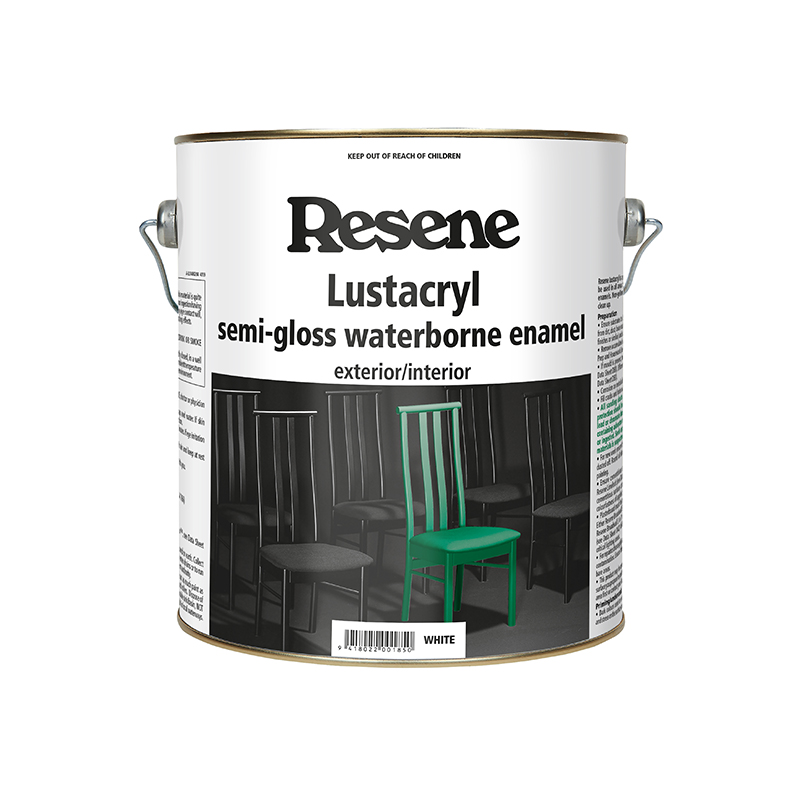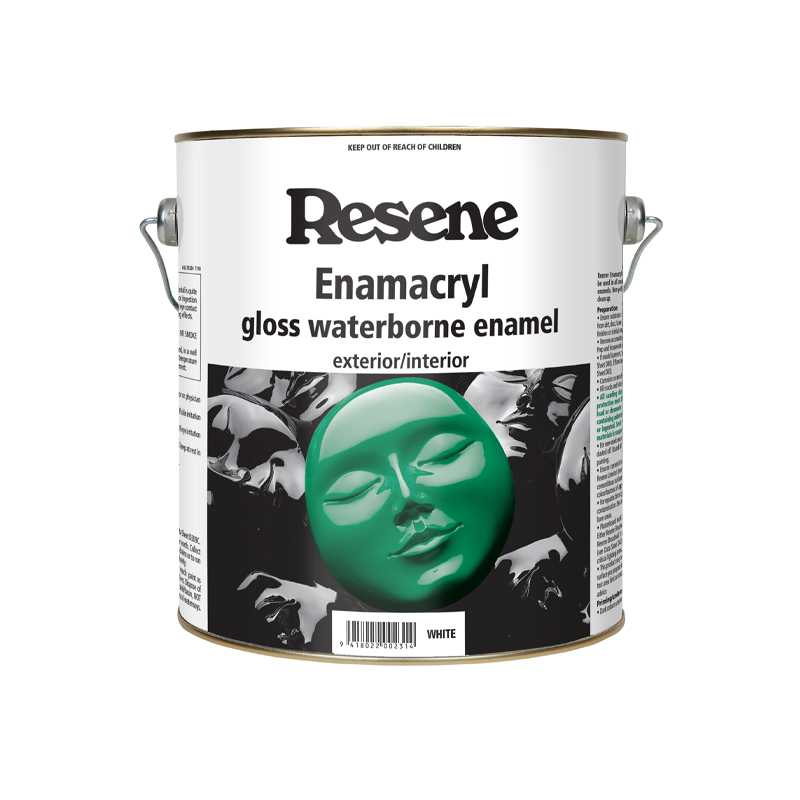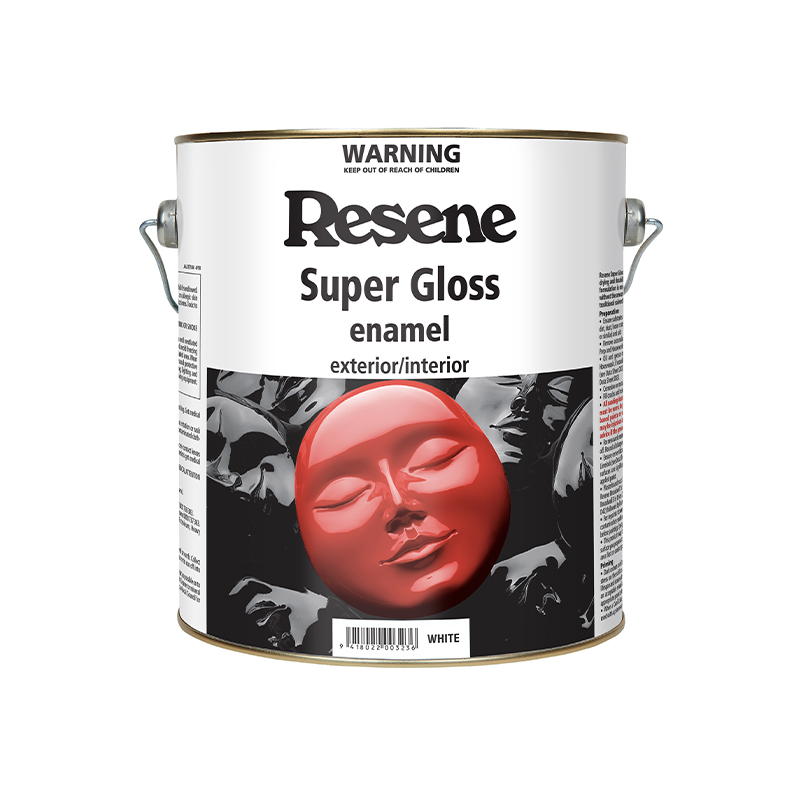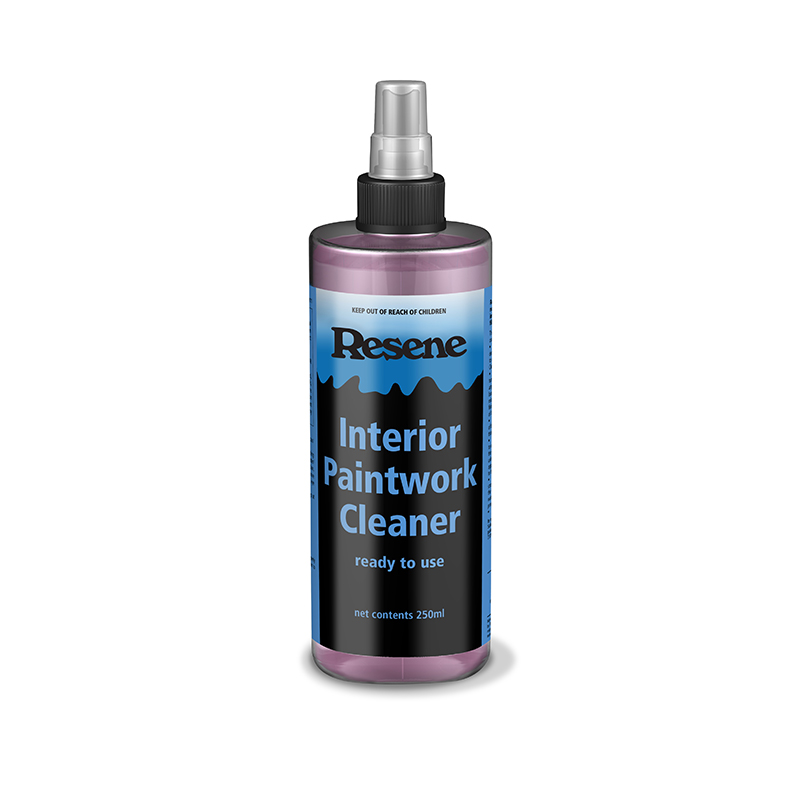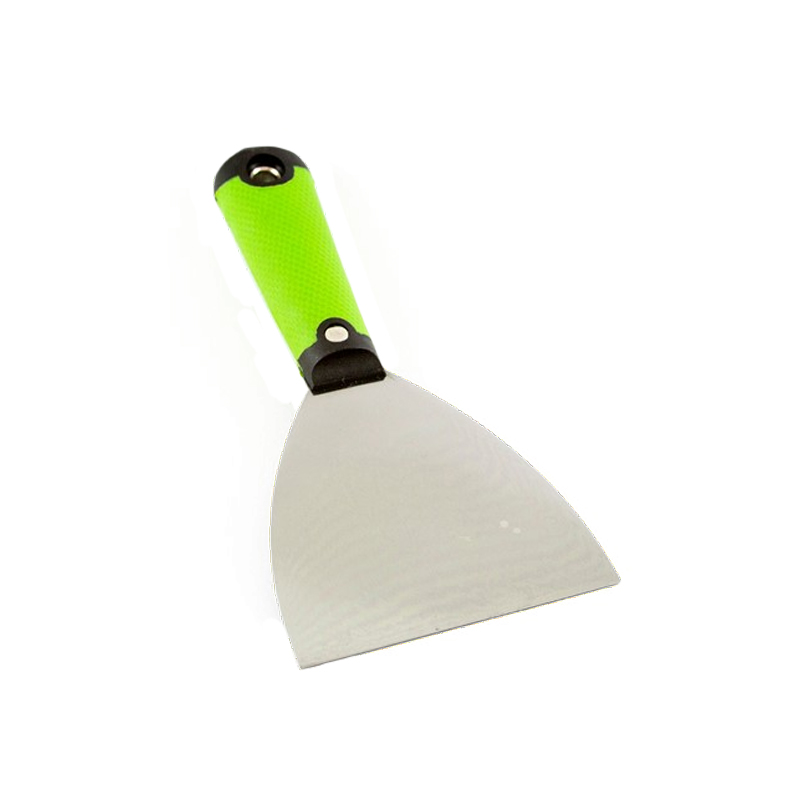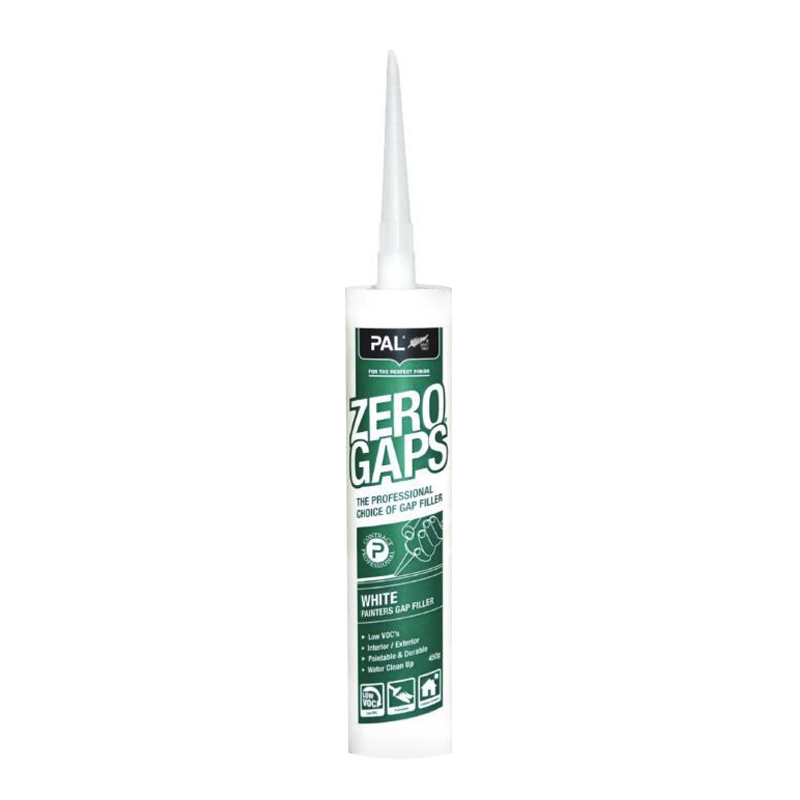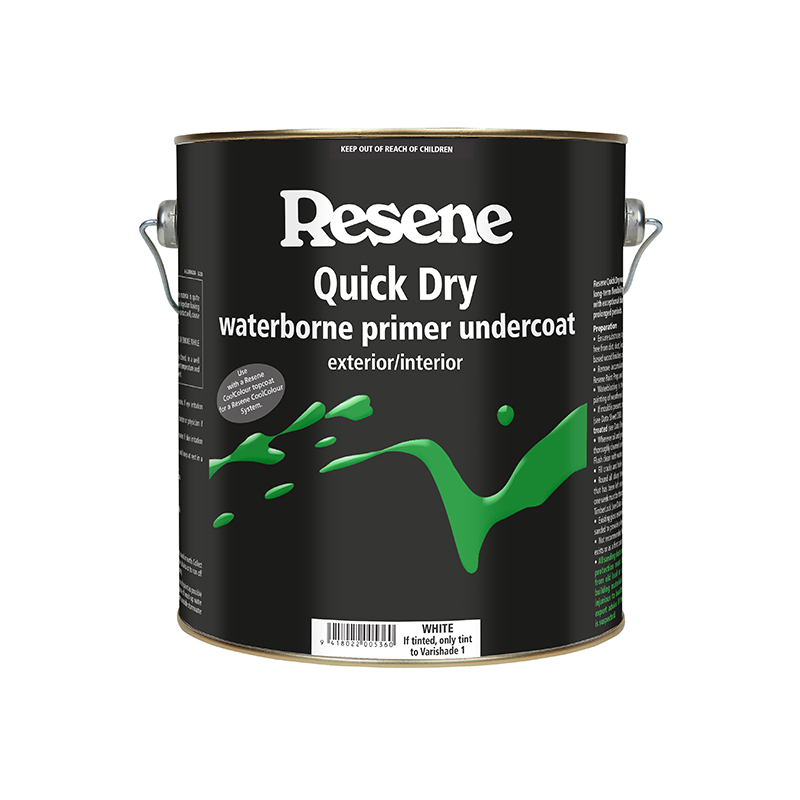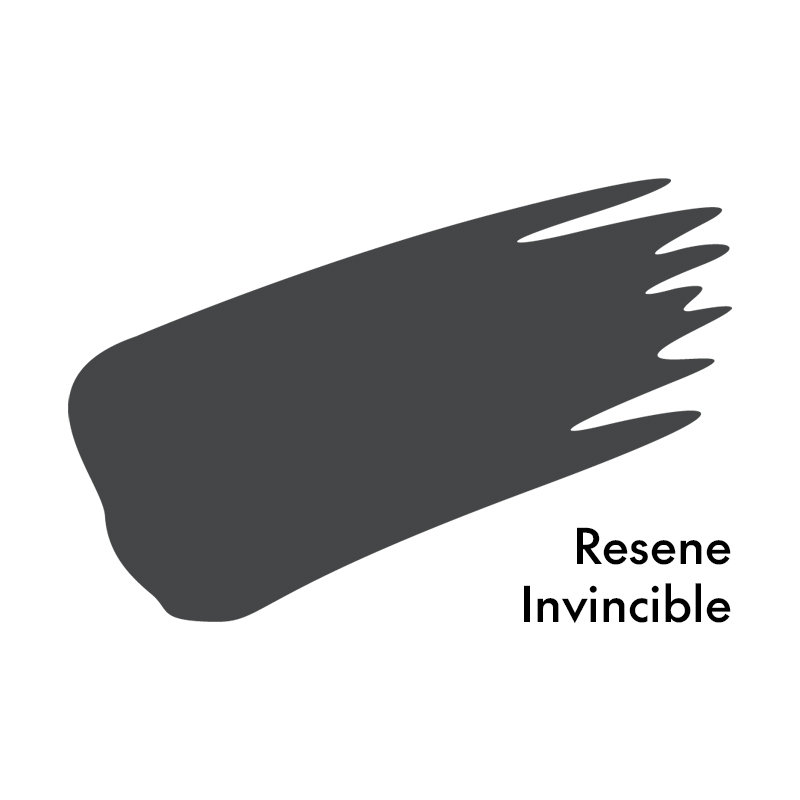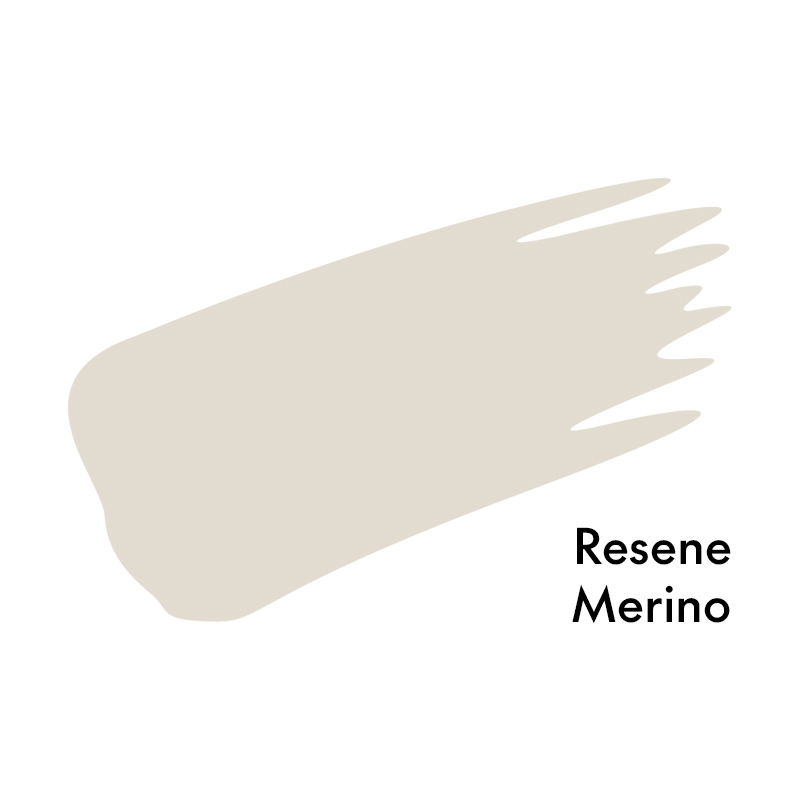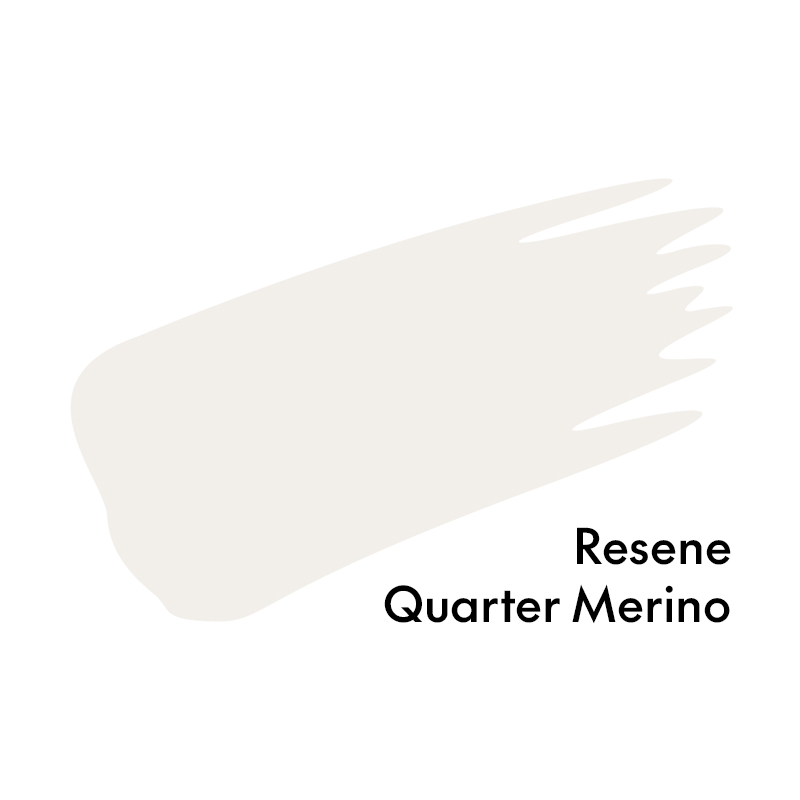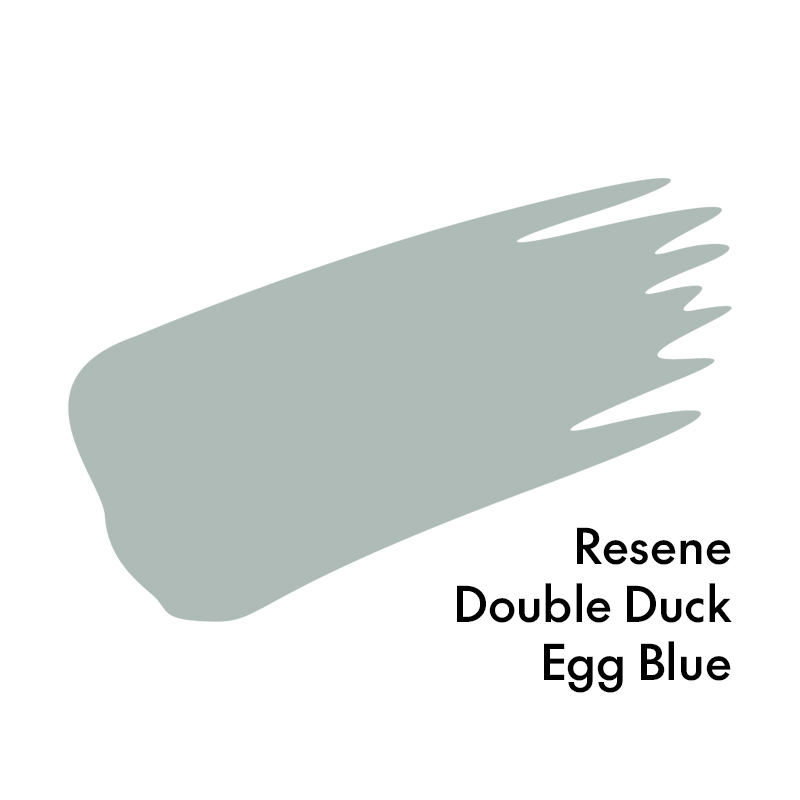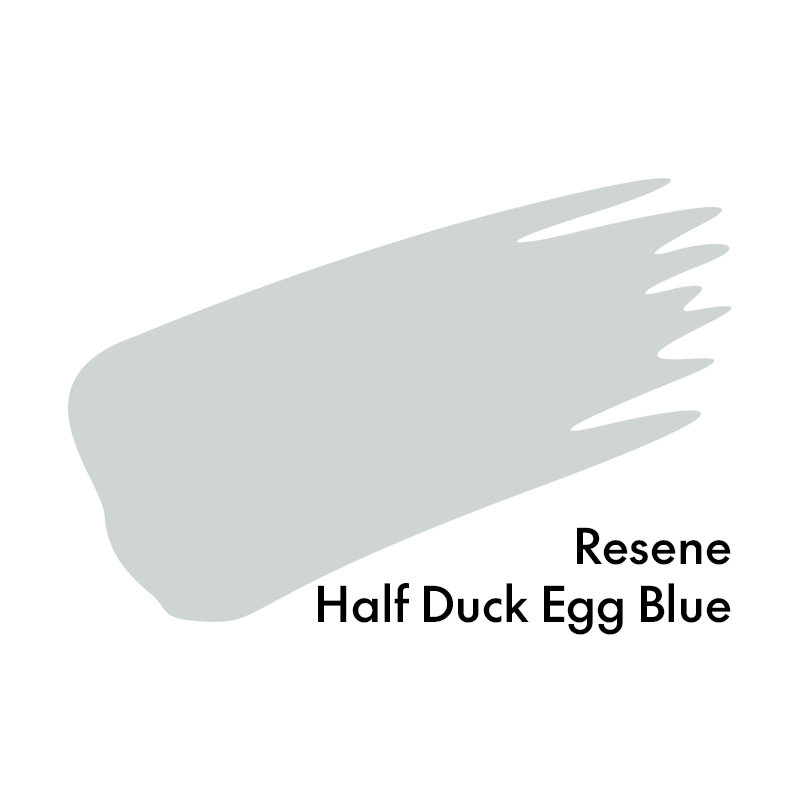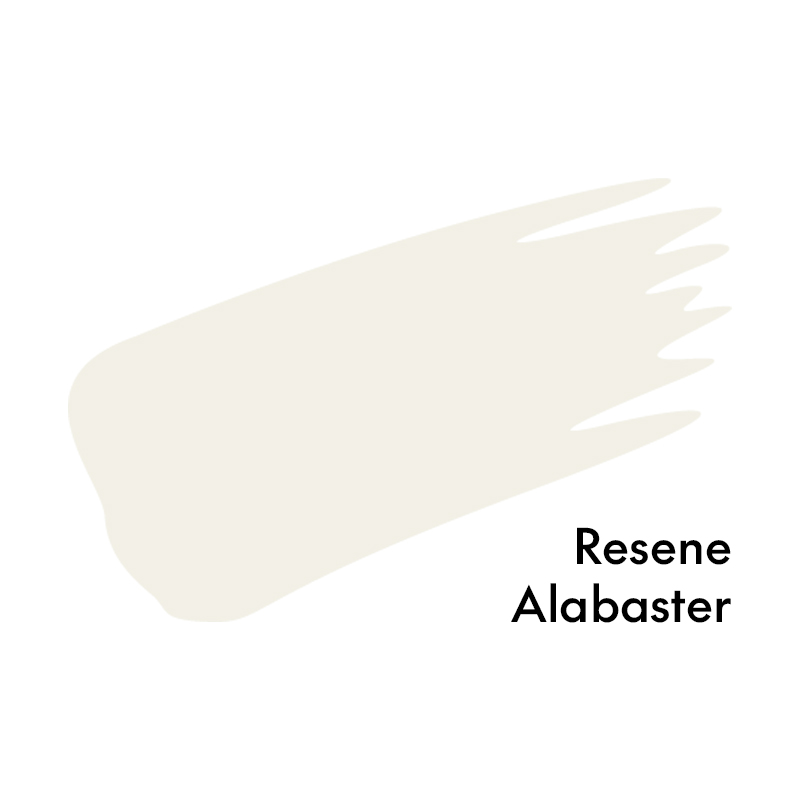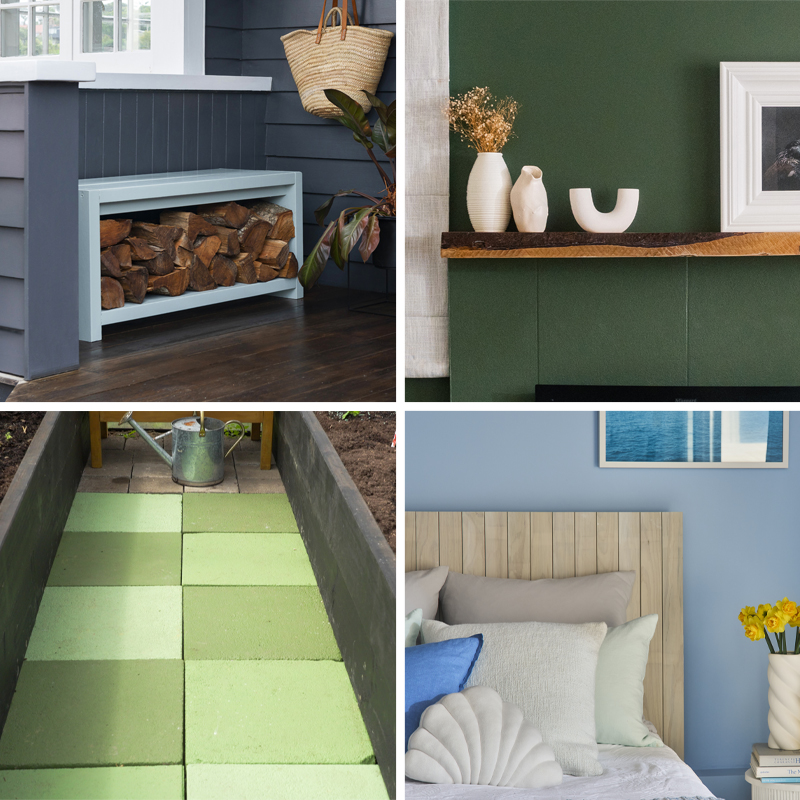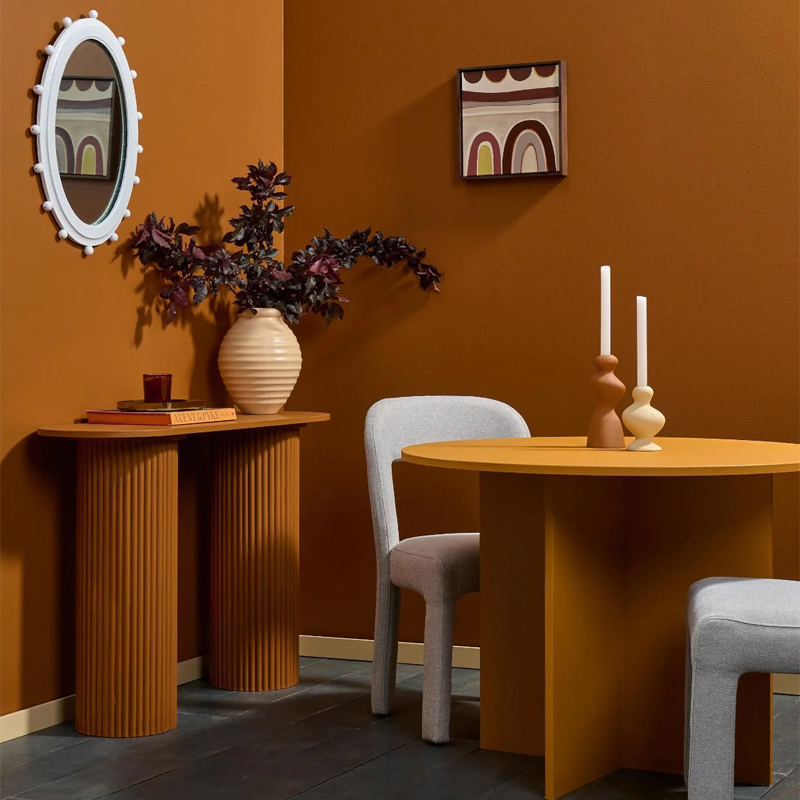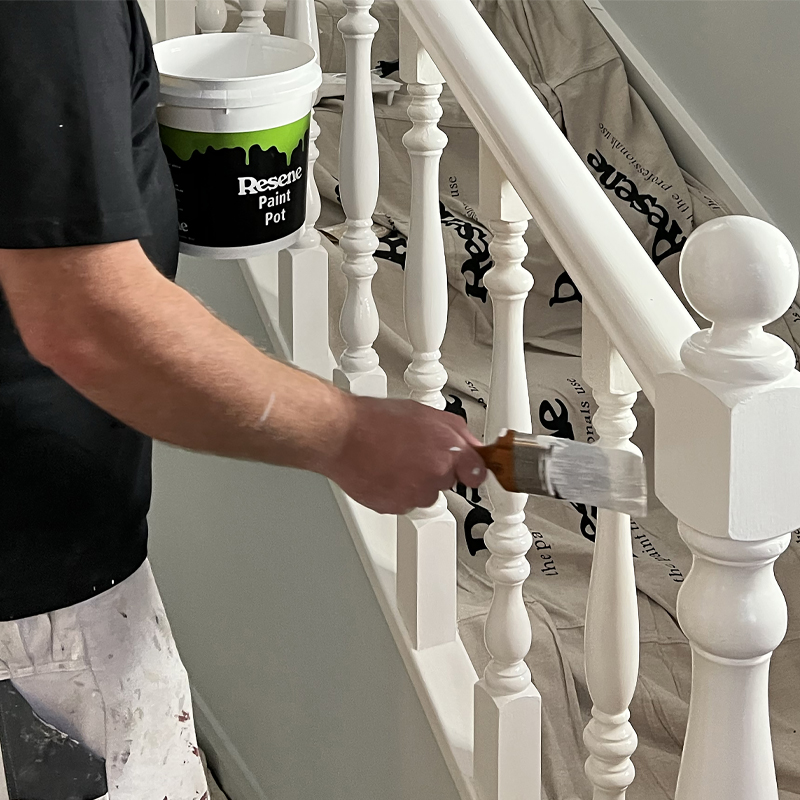The doors inside our homes often have a hard life. They are subject to all sorts of knocks, scrapes, scuffs and slams, and if it’s a kid’s or teenager’s bedroom they may even be blazoned with stickers or Blu-Tack or Sellotape from posters. Luckily, it’s easy to show your door a little love by giving it a fresh coat of paint. Painting an interior door is an easy job that can be completed in less than a day but can have a huge impact in your home. Let’s get started.
Which paint should I use?
The best paint for interior doors is a waterborne enamel such as Resene Lustacryl semi-gloss or Resene Enamacryl gloss. These hard-wearing paints are Eco Choice-approved and low-VOC, with the durability of traditional solventborne paints and without nasty solvents and fumes.
Gloss and semi-gloss finishes are also easier to clean than matte paints, so they’re a good choice for surfaces like doors which are regularly touched and are prone to getting dirty. Gloss and semi-gloss paints can also showcase woodwork features and panelling. For a mirror-like finish on your door, consider Resene Super Gloss.
Stand out or blend in?
It’s not just your front door that can be colourful, and painting an interior door in a bold colour can add a pop of personality to your home. If a feature wall isn’t suitable for a particular room, an alternative could be painting a door a bright hue. Colours to try could be a dashing red like Resene Pohutukawa, a classic seaside blue like Resene Coast, a bold green like Resene Deep Teal, a pop of pink like Resene Tropical or a dramatic black like Resene Invincible.
Door colours can also be a way of signalling subtle messages to guests. Interior designers often paint the doors to public areas of the home, such as living areas and kitchens, in the same colour to encourage guests to stay in these spaces, while private areas like bedrooms are painted in a different colour to discourage people from wandering in. Children may wish to paint the door of their room in their own colour as a way of creating their own space in the home.
If opting for a white or neutral door to match neutral walls, it’s traditional to make the door stand out by using a lighter hue on the door and architraves. You may wish to use neutrals from the same colour family, for example if your walls are Resene Merino, opt for Resene Quarter Merino on the door to make the door subtly stand out. The same rule can apply to colour – if your walls are Resene Double Duck Egg Blue opt for Resene Half Duck Egg Blue on the doors. Or you can reverse this and have a darker door colour and lighter architraves. This can help to hide fingermarks which can be more obvious on lighter coloured doors.
So how do I paint an interior door?
Now you’ve picked your paint, Resene paint expert Murdo shares his step-by-step techniques to painting the door.







